Stephen Hawking and Me (from the Happiness Diaries’ Chapter 4) can now be screened on the Planet Classroom Network YouTube Channel. It is a short heartwarming film that spotlights Devraj, a young sixth grade boy in New Delhi’s government school system, and reveals his dream of becoming a scientist like Stephen Hawking did from his wheelchair. Devraj reflects on the idea that you can make a dream come true if you embrace – not fear it.
Christopher Carpenter produced and directed The Happiness Diaries, a documentary series exploring the Government of Delhi’s Happiness Curriculum initiative. He is currently a Schwarzman Scholar pursuing a master’s degree in Global Affairs at Tsinghua University in Beijing, China.
The Global Search for Education is pleased to welcome Christopher Carpenter.
In Devraj’s class, the teacher discussed whether or not happiness was found on the outside or inside. She further explained that if happiness comes from within, external accolades like awards or the praise of others is rendered unnecessary. How does storytelling help to illustrate this concept?
Something I really value from my time working with the Government of Delhi, Dream a Dream and the team constructing and implementing the Happiness Curriculum, is the simple – straightforward – academic stratification of happiness, a scale that I have actually used in my life ever since to assess my own feelings. It’s brilliant, I think, in its simplicity – basically, happiness exists on three levels, or in a sort of triad. The most easily attainable, but also the most fleeting, is momentary happiness, which comes from the five senses. You watch a funny film or eat a delicious meal or listen to your favorite music; you feel happy, but only momentarily, and that happiness is directly linked to that external stimulus. One layer more and you have deeper happiness, happiness that is derived from relationships, and can be expressed as love, respect, admiration, and so on. This level of happiness is emotional in nature, rather than sensory. Then, the final layer is sustainable happiness, which is derived from an individually-motivated state of being that is free of conflict. This can come from practicing mindfulness or pursuing education or solving a problem. Sustainable happiness comes only from within, and it is the layer of happiness that Devraj’s teacher describes during the film, the ultimate goal when implementing a curriculum modeled on the pursuit of Happiness. I think the act of storytelling is an excellent example of sustainable happiness for students – the satisfaction, the sense of accomplishment, that comes from creating something, something that couldn’t possibly have been created before. A student exploring the avenues toward sustainable happiness must experiment with storytelling as the creation of a new idea, something resulting from an intense application of creativity and analytical thought that is sent out into the world for others to consume and reflect upon and perhaps even be changed by. Storytelling, at its most potent, can’t be motivated by recognition, because this undermines the truth of the story. Recognition and praise – or the lack thereof – must be secondary to the internal happiness of creation. In fact, I think adult learners can benefit from this concept, too – the most important judgment of one’s work is one’s own. This is something much more easily said than done given the nature of the modern working world – but if the accolades and praise can be understood as fleeting – which they are – then we are liberated from the expectations of others, and any comparisons being made to others. Strip it all away and you’re left only with what you feel, the satisfaction you feel, the pride you feel. We just have to trust ourselves to be the best arbiters of our own success.
Prior to learning about Stephen Hawking, Devraj reported having difficulty with memorizing material and properly learning information. After his teacher shared the story, Devraj’s participation increased, along with his confidence in his academic abilities. What are some additional benefits to incorporating topics that students are passionate about into their curriculum?
I think passion – creativity – they need to be fostered in the classroom. That was the whole mission of the NGO I was working with in India, Dream a Dream – through arts and sports they provide a space for young people to explore and develop, because what’s really happening when a young person’s passion is fostered is that the young person is implicitly, but also explicitly, granted the agency to manifest their own life to their liking. They’re empowered to take ownership of something, you know? To self-actualize in a way that can positively impact many parts of their lives. And this is crucial to the wellbeing of young people, all over the world, in many educational contexts – you know, these films were produced in the context of the Indian education system, which by all accounts, and even my own direct exposure, is highly, highly dependent on rote memorization, with a heavy emphasis on, or in some cases an exclusive allowance of certain career paths, commonly, for example, information technology. But what if a young person doesn’t want that? Can they be granted the ability to make that choice? Dream a Dream and I made a short film about a young man in one of their programs who chose to defy the wishes of his family and community and not go into IT, but to become a chef. He found out that he loved to cook after taking a job with a wedding caterer, and from that point forward he had a driving force in his life. We would talk about the expectations his community had for him to contribute to society and make enough money, but those are both just natural byproducts of passion. I always think of this cartoon I was shown once, I don’t remember where – and I don’t even know if I’m remembering it correctly – but it basically showed a variety of animals surrounding a tree, with the monkeys triumphantly on top in the branches and all the others animals, giraffes and hippos and fish, all looking longingly up at the tree. It was illustrating that modern education systems are testing each creature of the animal kingdom by the metric of climbing that tree. And there’s a variety of animals surrounding a tree. Sure, some of us can monkey our way up, but what about our friends who like to swim? Can they not, too, be lauded for what they can do? Everyone, every young person, can contribute to society – they just have to be given the space and agency to find out how.
The Story of Stephen Hawking helped Devraj relate to his friend Tejas, a classmate of his who is differently abled. Why is it important to incorporate diversity in children’s literature, as well as in classroom discussion?
When we first entered Devraj’s school, we had a great deal of flexibility in what story we were about to tell. Throughout the production of these films, oftentimes the stories of more resonant truths were discovered rather than presented, and we would discover them by talking with, and more importantly listening to community members and the young people, and then following the strongest narrative threads to some kind of natural conclusion. So we spent the morning talking with the school principal and several of the teachers, one of whom is featured in the film. We were introduced to the young man named Devraj, who seemed open to sharing with us and was comfortable with the presence of the camera. And we asked him a bunch of different questions, and one of the things he mentioned in passing was an admiration of Stephen Hawking, whom he saw as a role model and source of inspiration, and who he learned about in one of the Happiness Classes. We thought that would make a compelling launching point for a narrative, so we followed Devraj to his Happiness Class and, like all the other classes we documented, we asked that everyone just conduct the class as they normally would, and I made myself and my camera as invisible as I could as I filmed. I noticed Devraj had taken a seat next to a boy who was already in the classroom by the time we arrived, and the two were very clearly good friends. I got a lot of footage of the two of them, and as I watched I realized that this other boy had a disability. And that’s when I noticed in the corner of the room, leaning up against the wall, was a wheelchair folded up. And I thought back to the things Devraj had shared with us earlier in the day about who inspired him, and because I with my camera was a sort of outside observer, I could see what I thought to be one of those resonant truths unfolding. I could see the parallels clear as day between the external, sort of superficial narrative layer that Devraj was reacting to – the story of Stephen Hawking – and the internal, perhaps even subconscious inspiration Devraj was feeling as a result of his friendship with Tejas. I think the story of the film is elevated above the typical, sort of, quote, stories of inspiration, because it becomes so personal, and because the lessons that were made explicit through the Happiness Class story had actually been embodied the entire time.
I think it’s incredibly important that diversity be not only included in storytelling for all ages – especially for young people – but also openly and meaningfully addressed and discussed because our world is diverse – it is. Be it something physical or ideological or whatever, we all encounter people throughout our lives who are different from us. And a rejection of those differences – or worse, a condemnation – simply breeds misunderstanding and apprehension and hostility. Imbuing in young people the mechanisms to navigate differences in a healthy manner starts with a head-on recognition of diversity. The goal is empathy – the point should never be to remove or make invisible differences in culture or skin color or language – no, the world is beautifully diverse, and everything in our world should be appreciated precisely for what it is. The point should be to humanize, through the power of storytelling and reflection, as many identities as we can, to say – this person is different from you in some way, but they, too, have feelings; they get sad, they get excited, everyone is just doing their best.
What do you believe are the most important takeaways for audiences from your film? How would you like to see this film make a difference?
I think the most important thing an audience can take away from this film is an acknowledgment or awareness of the immense power of storytelling. I think stories are the backbones of our shared reality – biology is the story of the natural world, anthropology is the story of human beings, history is the story of civilizations. The vastness of it all is made palatable through storytelling. The film presents a few narrative layers – there’s the top layer, the plot of the film – a young boy overcomes his academic struggles after being inspired by a classroom discussion. Then there’s the story within, of the great scientist who defied the odds of a debilitating medical diagnosis and went on to change the world. And I think it’s worth emphasizing just how much of a positive effect one story had on the other. You know, throughout my time in Delhi working on these films, time and again I interacted with young people who told me that it was the stories of their heroes that were their driving forces in life. Extremely inspirational stories of footballers, for example, who through courage and perseverance rise from immense poverty to become global superstars, or scientists, politicians, business people who impact the world – each young person found a theme or element in the story of another that they could relate to on a deeply personal level, or maybe they pull inspiration from many stories, and kind of like tributaries to a river each feeds into the larger stream until it becomes mighty and strong.
What’s really interesting though is when stories work on a sort of subconscious level. Devraj and Tejas’s friendship is covered in the film, something I think both of them truly cherish. But after spending some time with Devraj and hearing him talk and express his feelings, I had a hunch that whenever he spoke of the inspiration he got from the story of a differently-abled person with immense courage to overcome challenges and impact his world, I think maybe sometimes he wasn’t talking about Stephen Hawking – maybe he was talking about Tejas, knowingly or not. I think both stories – of the great scientist, and of the classroom friend – had equal impact.
C.M. Rubin and Christopher Carpenter
The Happiness Diaries, now showing on the Planet Classroom Network Channel, are curated by Dream A Dream.

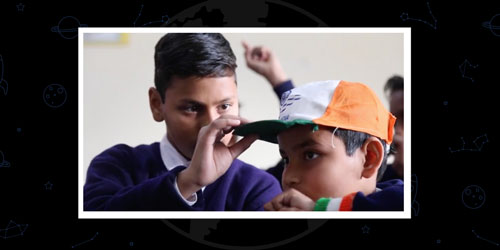
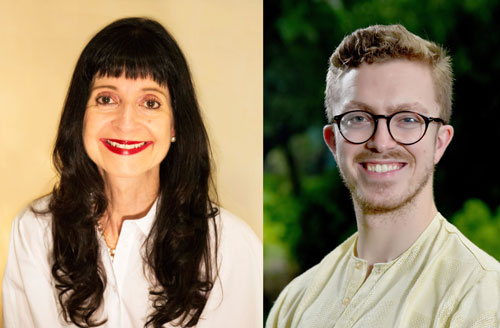
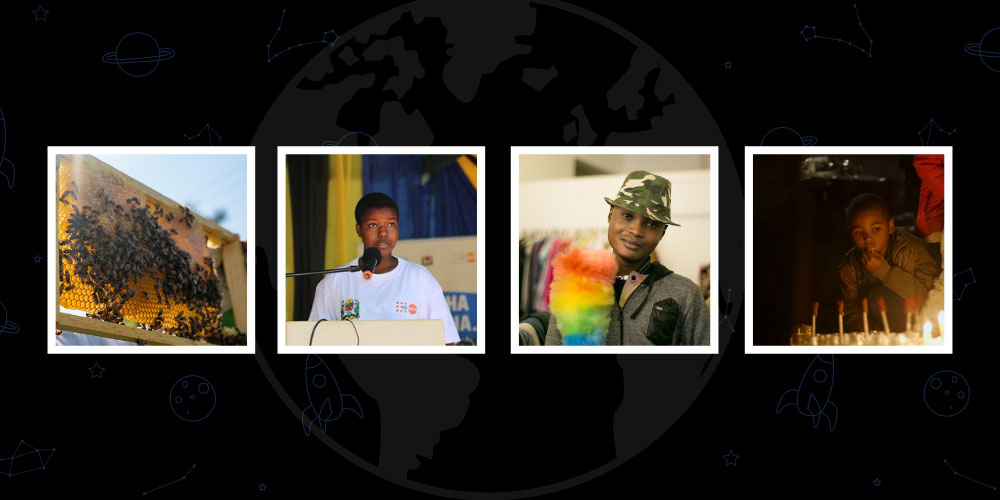
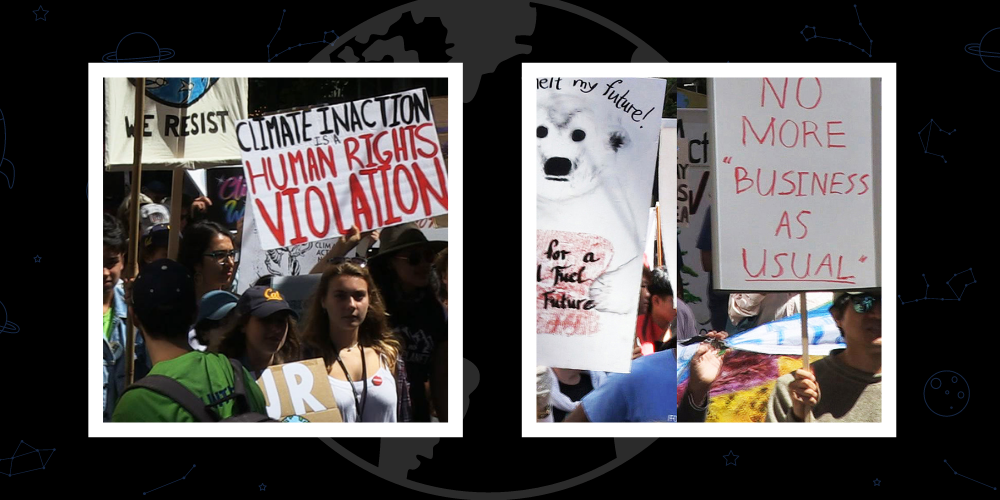
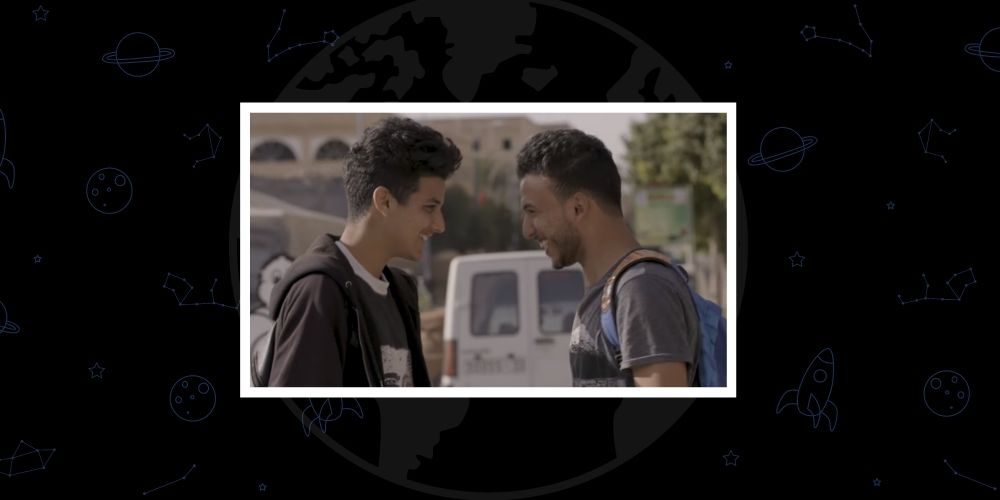
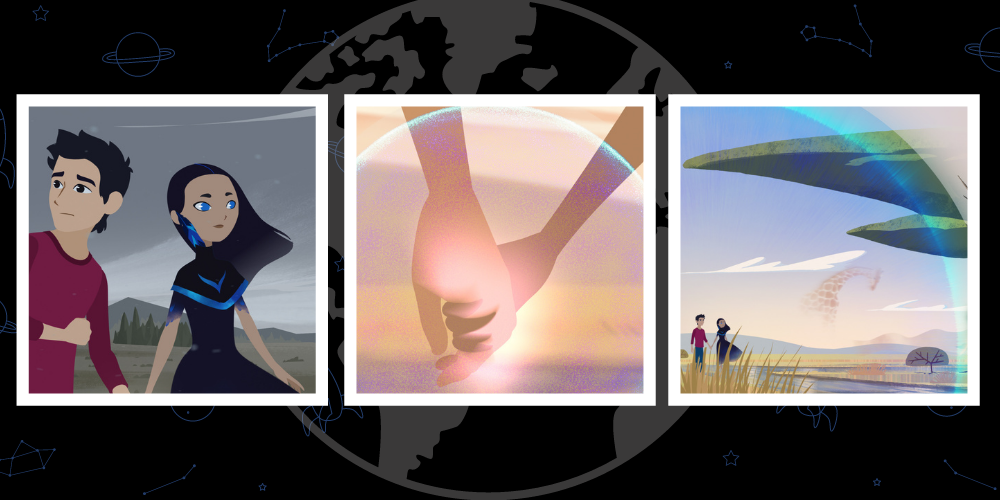
Recent Comments